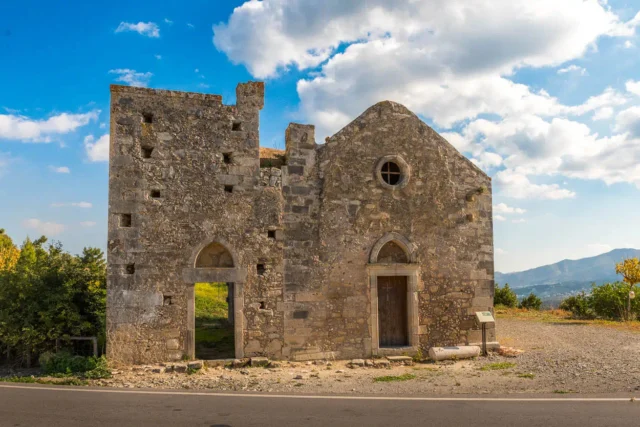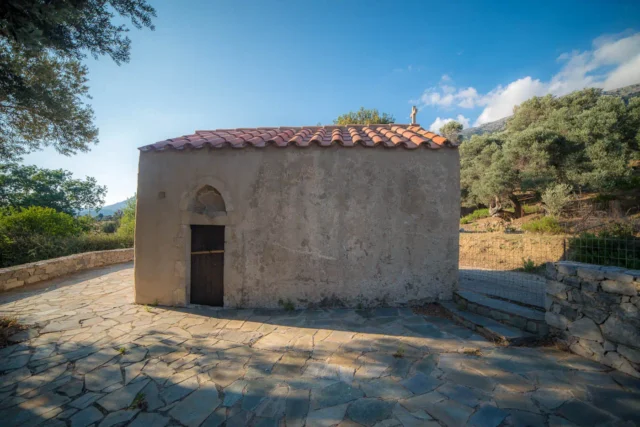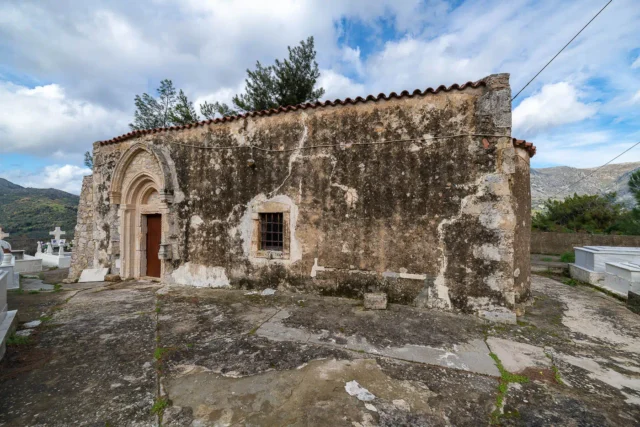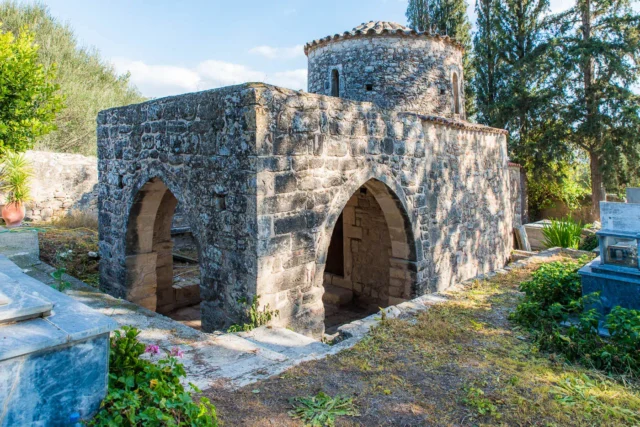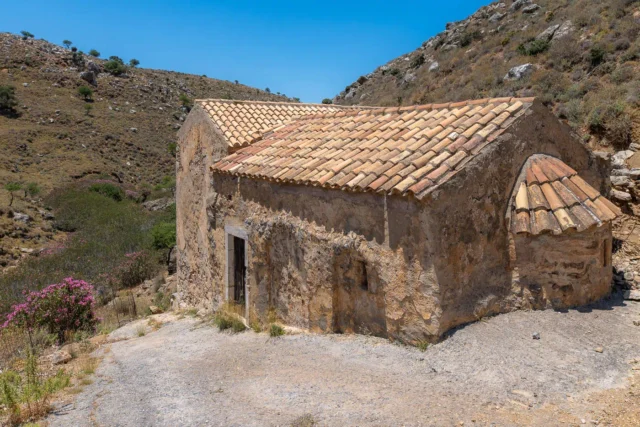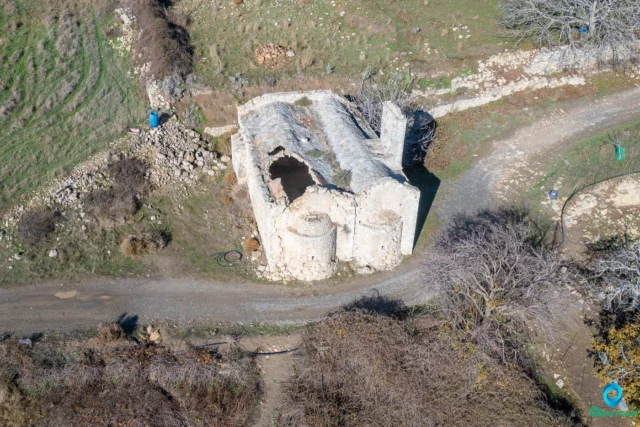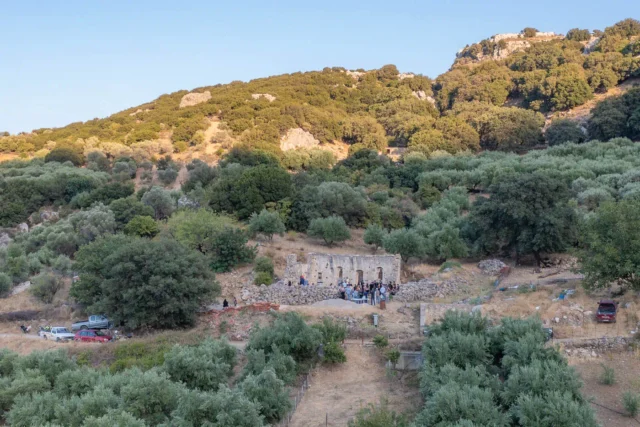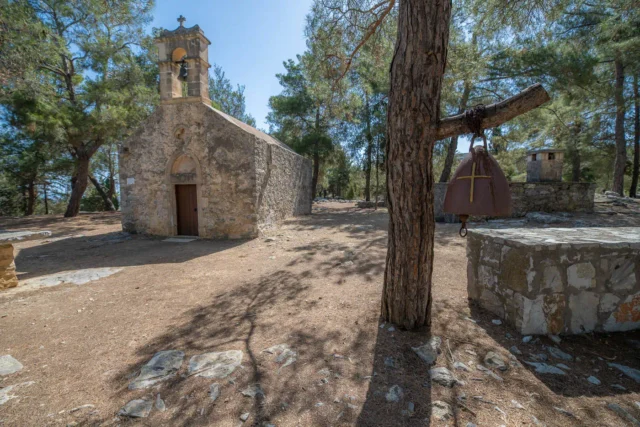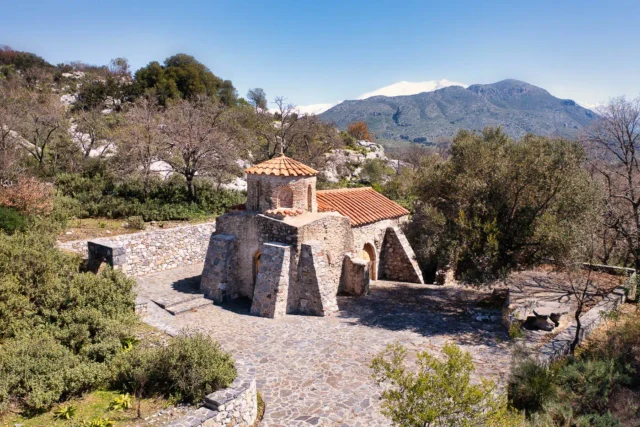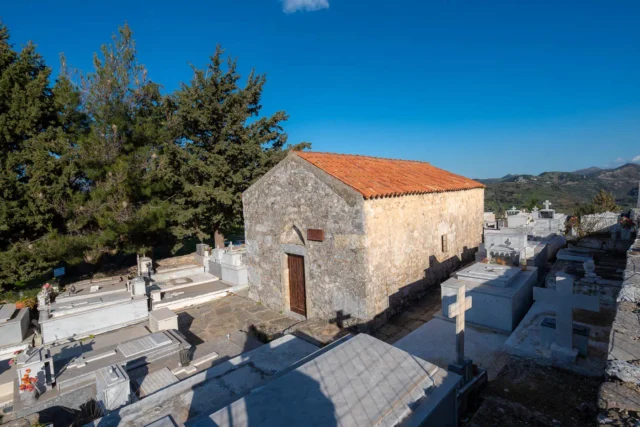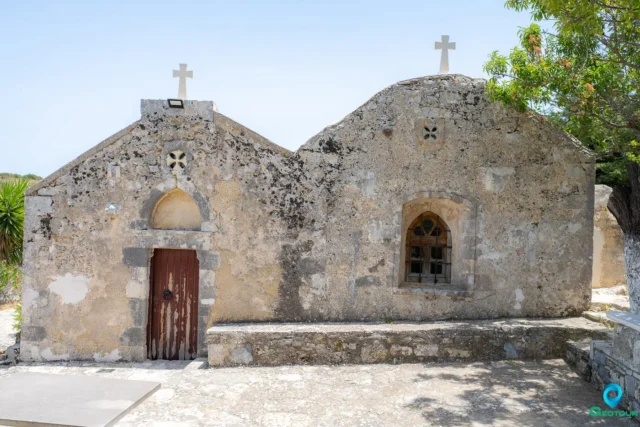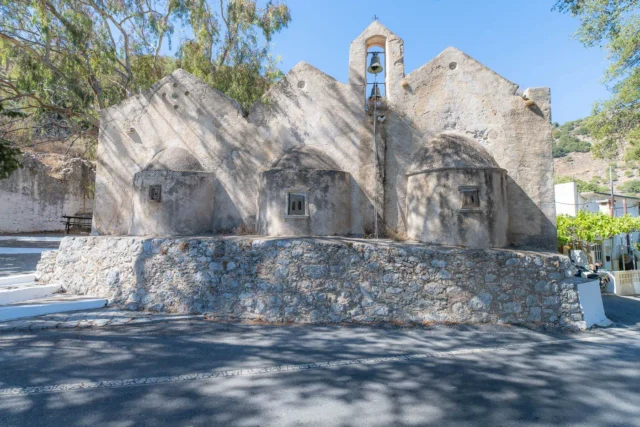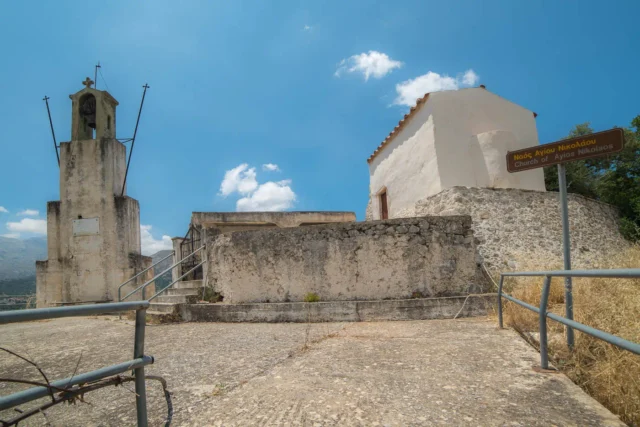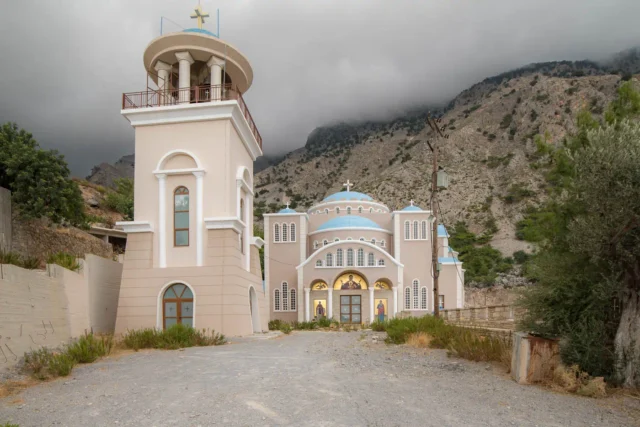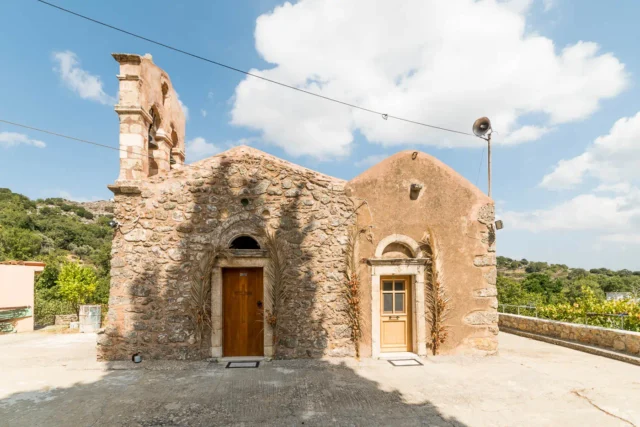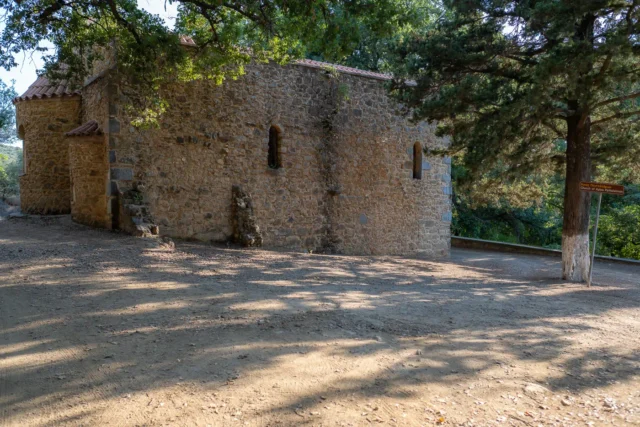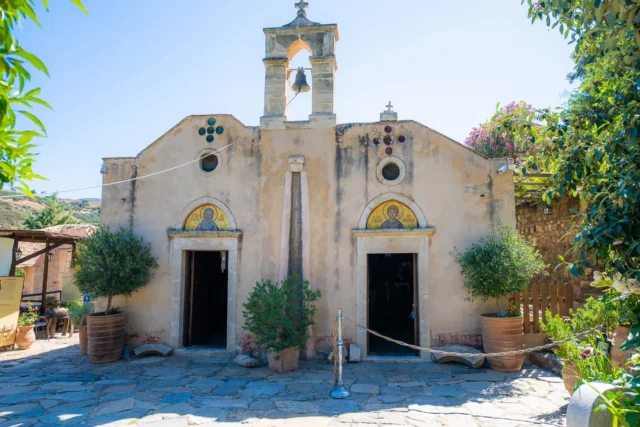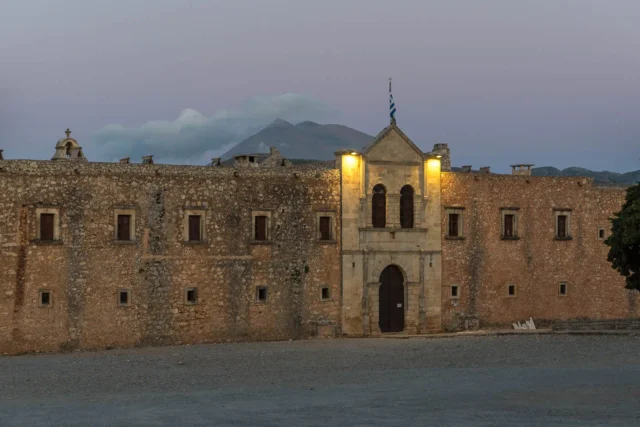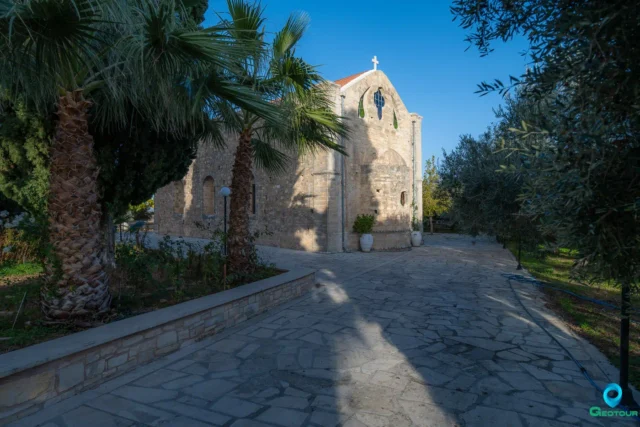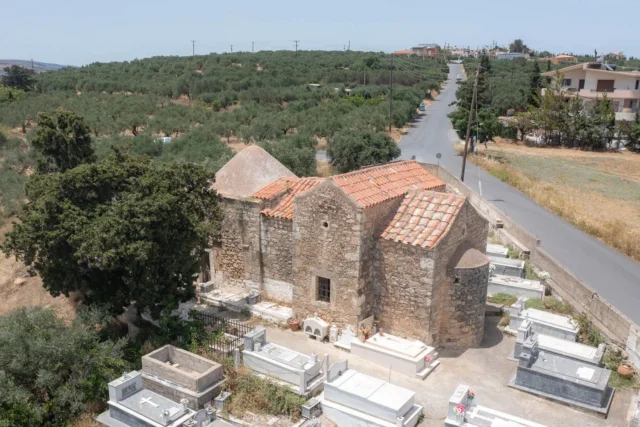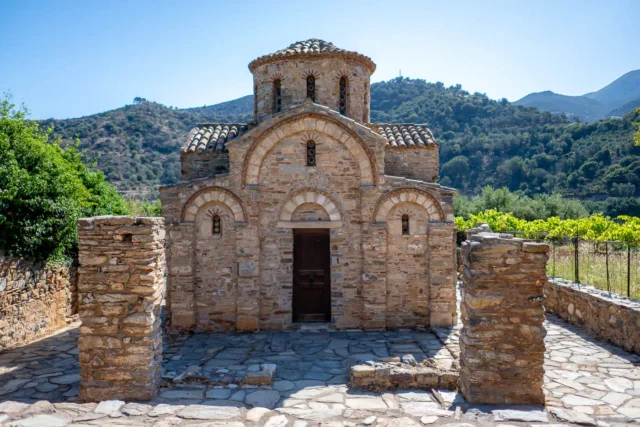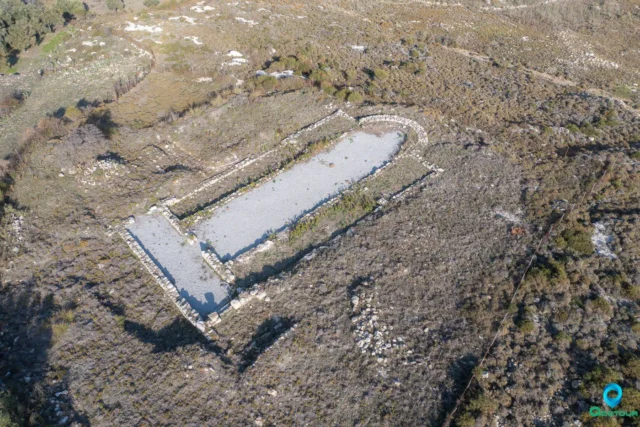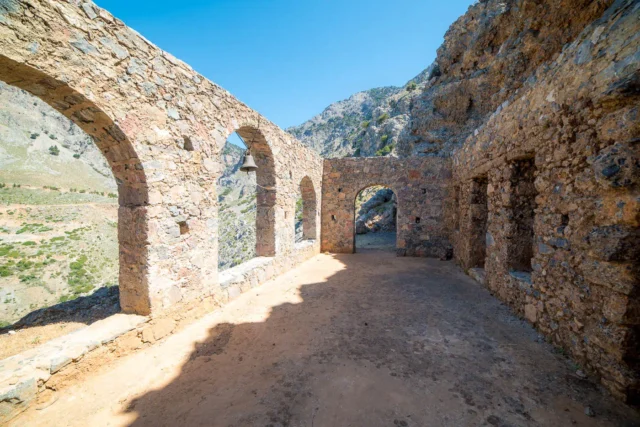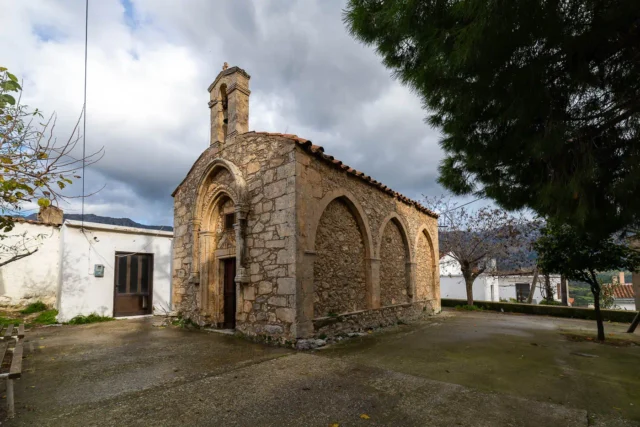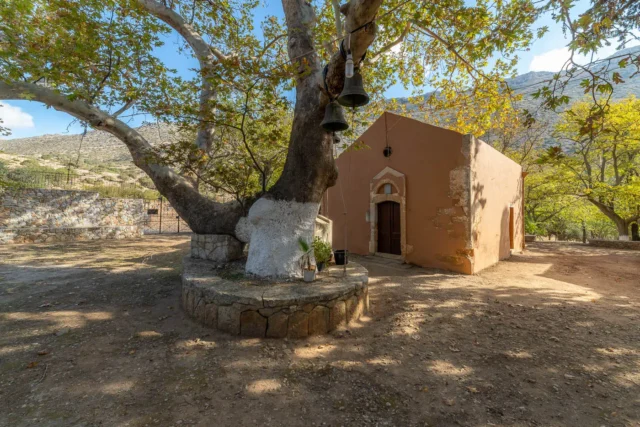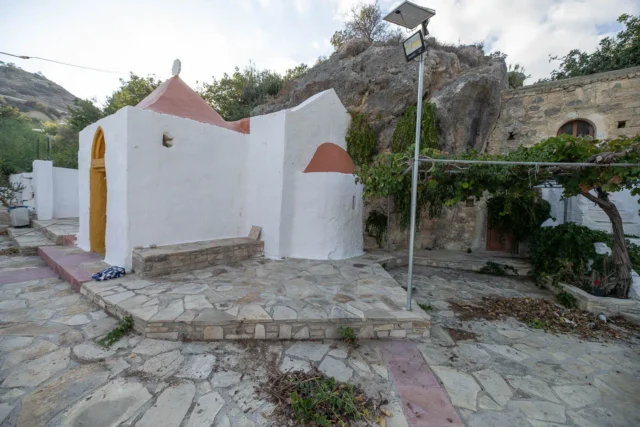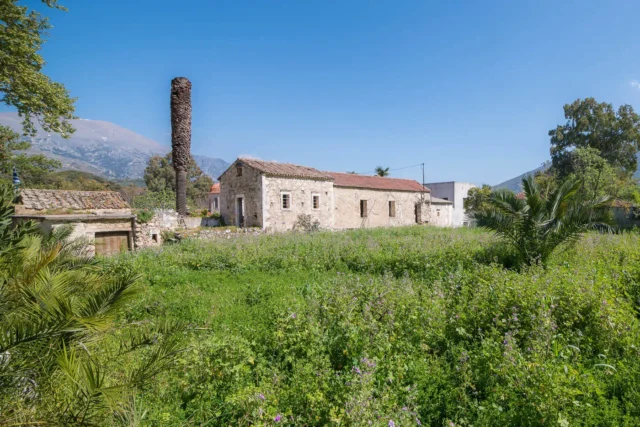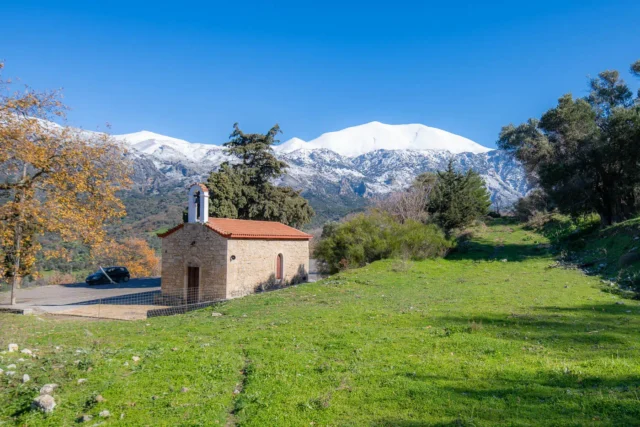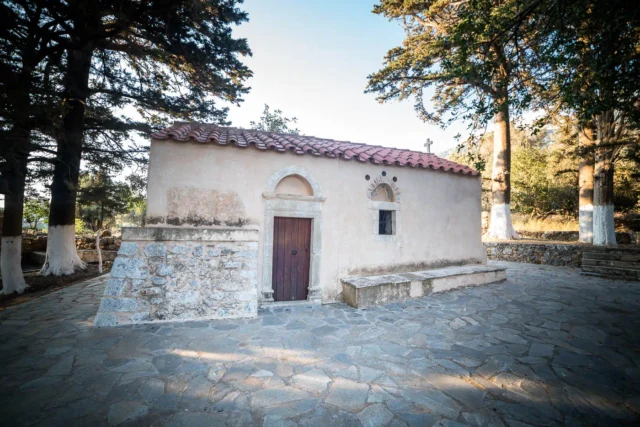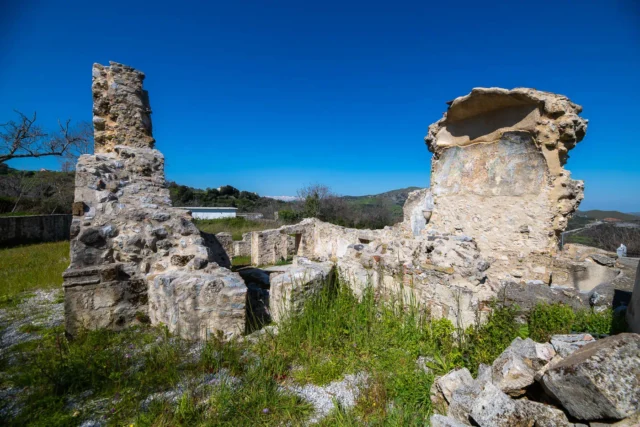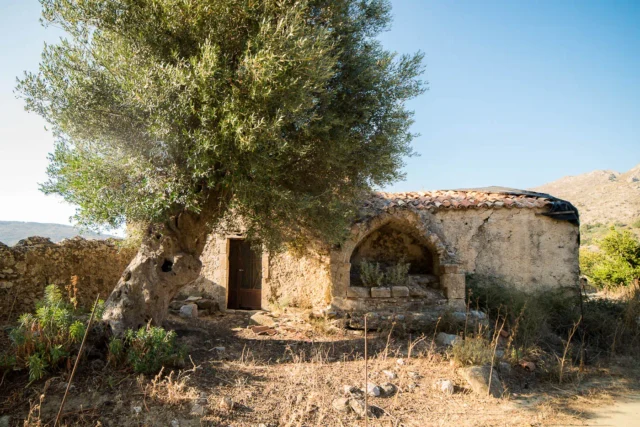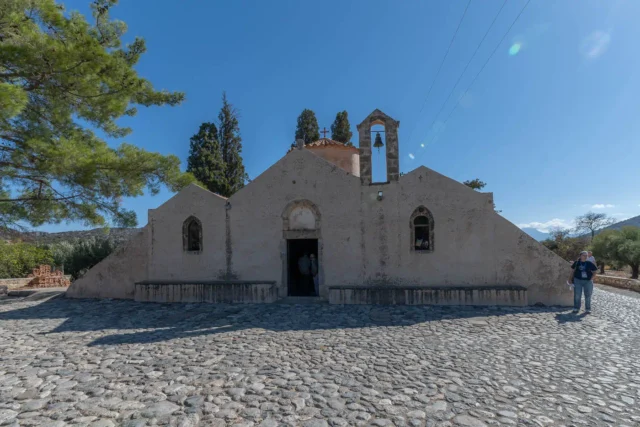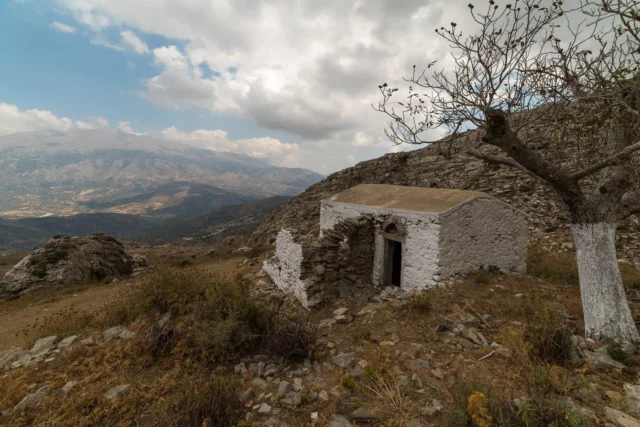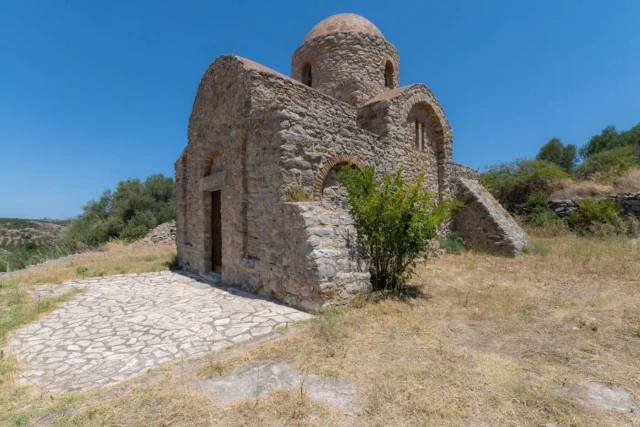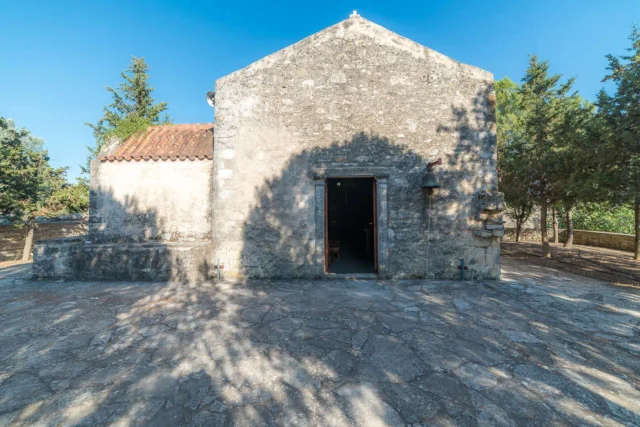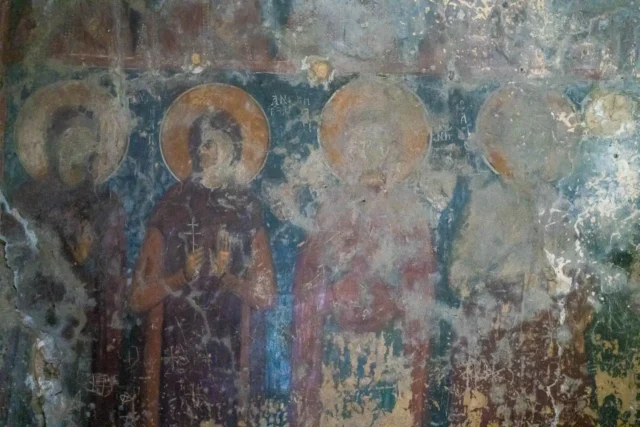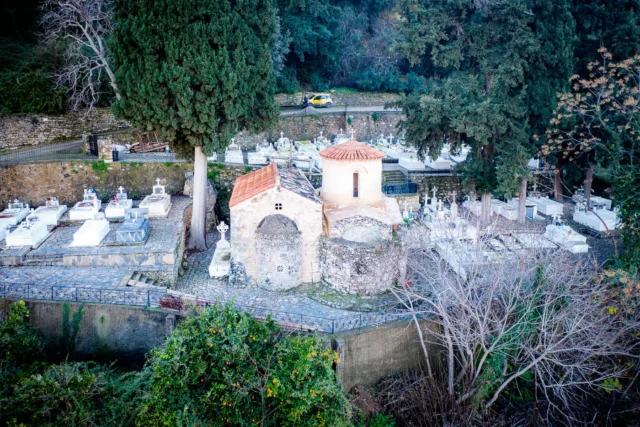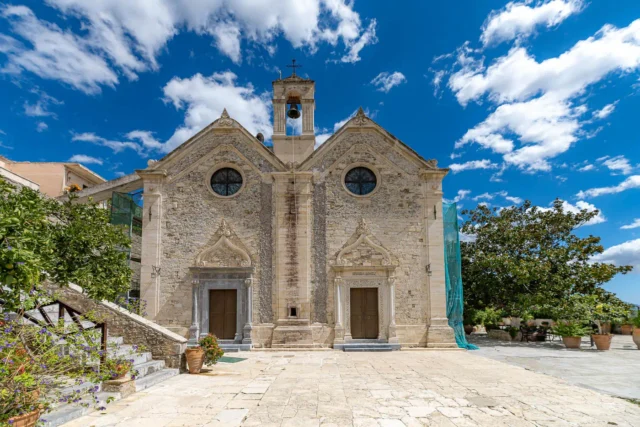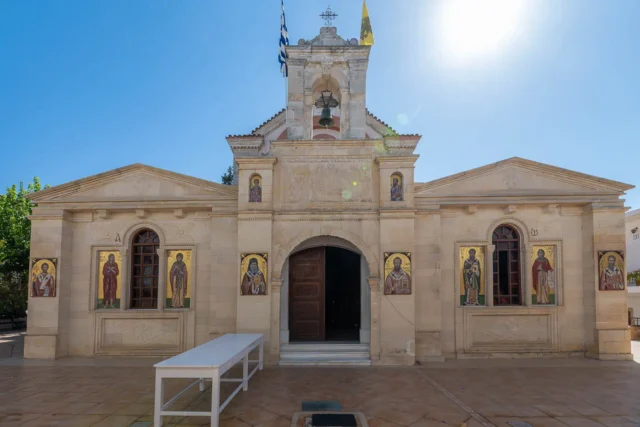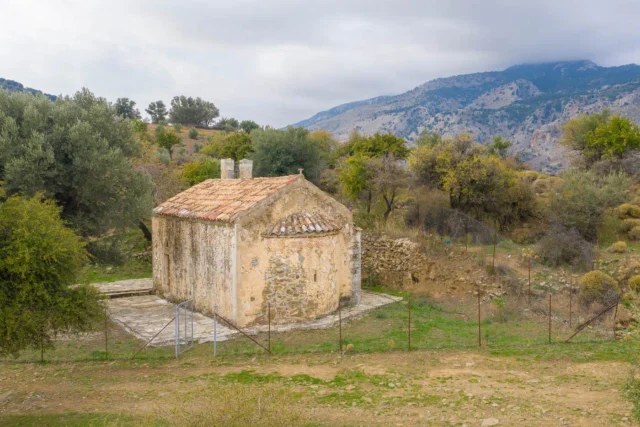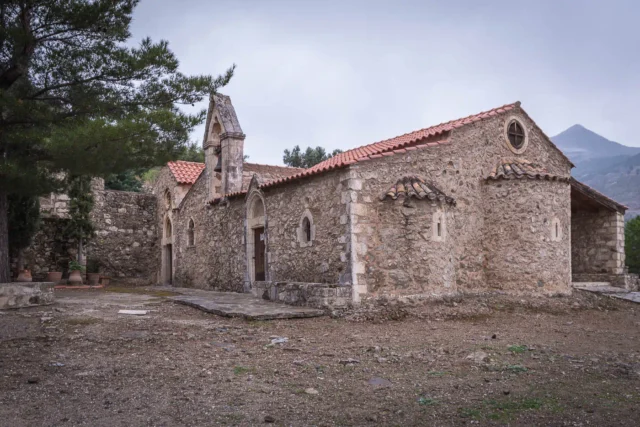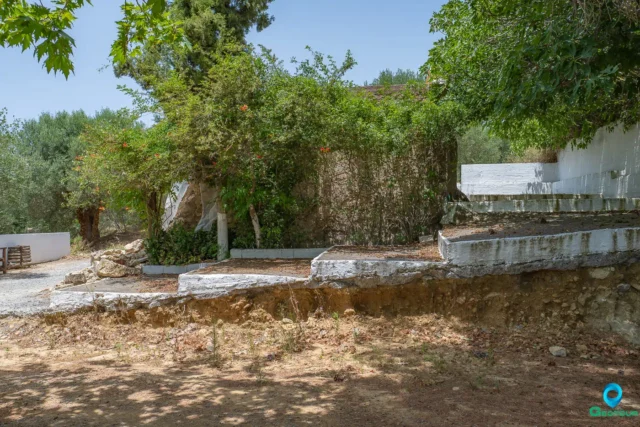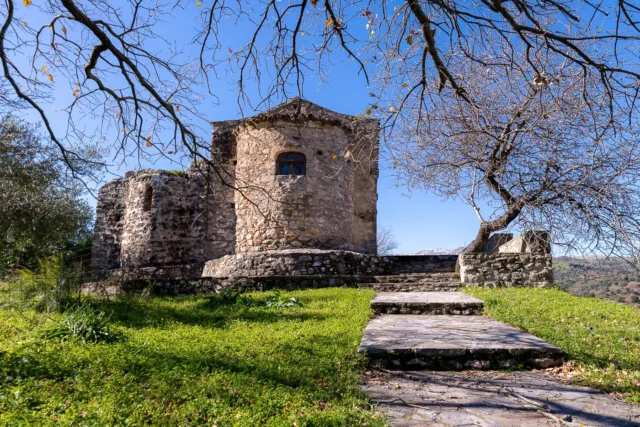
Agia Anna
Agia Anna, near Nefs Amari, Crete, features 12th-century origins and 14th-century renovations. It houses 1225 Byzantine frescoes, including the Deesis and Cretan saints like Apostle Titus. The church's 1196 inscription marks its early phase, reflecting Byzantine art evolution in Crete. The frescoes, though aged, retain vibrancy, showcasing artistic and spiritual heritage. Located in the Amari Valley, the site offers insights into Crete's historical and cultural context, despite occasional access restrictions.

Agia Marina Kalogerou
Located in Kalogeros, Rethymno, Crete, the 14th-century Agia Marina Church is a Byzantine structure built in 1300 AD, evidenced by an inscription. It houses a rich collection of frescoes depicting scenes from the life of the Virgin Mary, the Christological cycle, the Pantocrator, and numerous saints. The church's interior frescoes, notable for their vibrant colors and carved haloes, have undergone restoration by the Ephorate of Byzantine Antiquities, though some deterioration persists. The exterior remains unrestored, covered in plaster and whitewash. Situated within the village cemetery, Agia Marina offers insights into the artistic and religious traditions of the Amari region during the Byzantine era, and its artistic style suggests connections to other regional churches. The village of Kalogeros, known for its traditional architecture, celebrates Saint Athanasios and Cyril on January 18th.
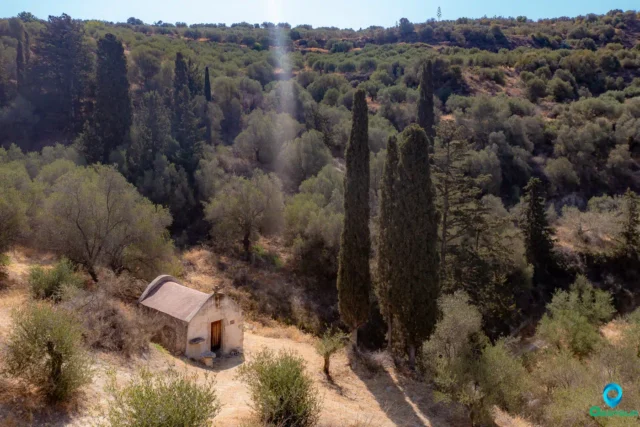
Agia Paraskevi in Aitania
Agia Paraskevi, a 14th-century Byzantine church near Aitania village in Crete, is adorned with well-preserved frescoes depicting saints like Vlasios, Titus, and John the Theologian, alongside biblical scenes. The church, accessed via a steep dirt road, features a single room and a sanctuary with unique motifs like the Melismos and Christ as the Great High Priest. Frescoes on the north and south walls portray various saints, including military saints, while the arch showcases scenes from the Dodekaorton. Local tradition recounts miraculous healing associated with the church, with a ritual involving holy water from a now-dried spring. Restored in 2003, the church's exterior is simple, with a buttress and a stone table used for bread blessing during festivals.

Agia Paraskevi in Kalogerou
Agia Paraskevi, near Kalogerou in Amari, Crete, is a 16th-century Venetian-era church with a free cross floor plan and a dome on a cylindrical drum. Reconstructed in 1888, it retains original Venetian frescoes, notably in an arcosolium depicting Christ and kneeling figures, including a Georgios Chortatzis. The church's architecture and frescoes, along with the Chortatzis burial, highlight Venetian influence in Crete. The identity of Georgios Chortatzis, possibly linked to archons or a playwright, remains debated. The church is active and open to visitors.
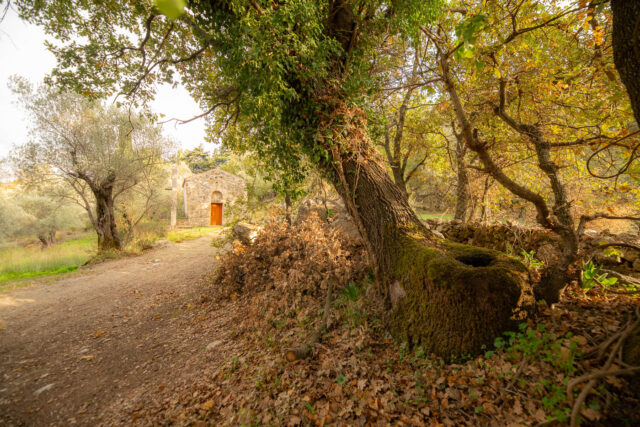
Agioi Theodoroi church in Amari
The Agioi Theodoroi Church, located in Nefs Amari, Crete, is a small, single-aisled structure with a tiled roof. Its construction date is unknown, but frescoes dated 1588 and 1731 indicate it predates the later date. The church features a bell tower depicting the Virgin Mary and is dedicated to Saints Theodore of Tyro and Theodore Stratelates, celebrated on the first Saturday of Lent. While the church remains standing, the frescoes are in a state of disrepair.
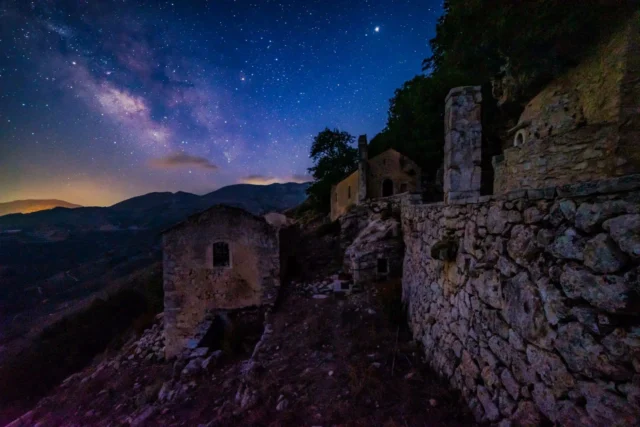
Agios Antonios in Veni hill
Agios Antonios cave sanctuary, situated on Veni Hill in Amari, Rethymno, Crete, reveals a blend of Minoan, Byzantine, Venetian, and Ottoman history. Originally a Minoan worship site, it evolved into a Byzantine monastery dedicated to Agios Antonios. It served as a refuge for Cretan rebels, earning the name "Pnyka of Crete," and faced Ottoman attacks. The site is linked to Arkadi Monastery and features a holy spring, monastic cells, and remnants of past monks. Currently under restoration, the cave holds ancient clay basins and celebrates Agios Antonios' feast day. The location offers views of the Psiloritis range, reflecting Crete's spiritual and resistance heritage.
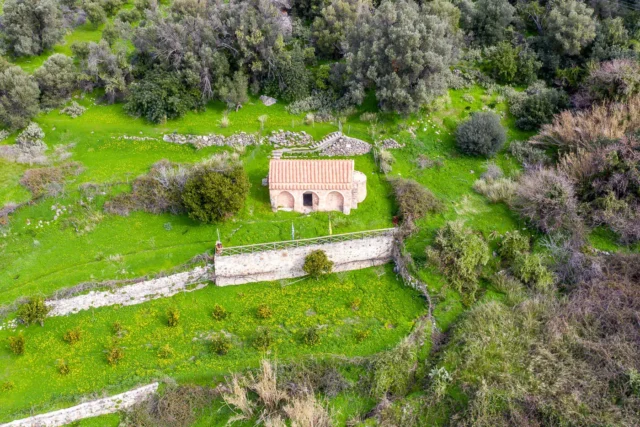
Agios Georgios Xifoforos
Agios Georgios Xifoforos, a mid-13th-century Byzantine church located near Apodoulou in Crete's Amari region, boasts well-preserved frescoes and a single-aisled, barrel-vaulted architecture. Dedicated to Saint George (Xifoforos), the church exemplifies Byzantine art and religious traditions. Its frescoes offer valuable insights into the cultural and artistic practices of the era. The church's history, potentially linked to a monastery, remains partially unclear. Today, it serves as a place of worship and pilgrimage, open to visitors interested in Byzantine architecture and religious art.
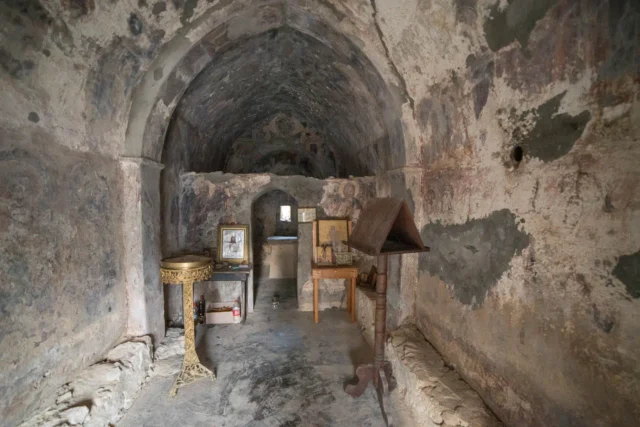
Agios Onoufrios
Agios Onoufrios Church, constructed in 1329/1330 near Genna, Amari, Crete, is a single-aisled, barrel-vaulted Byzantine chapel with a semi-circular apse.
Built by the Varouchas family, its frescoes, dating to its construction, depict religious scenes like the Deesis, Annunciation, and Crucifixion, showing connections to the Macedonian School. A rare, well-preserved stone templon and glazed ceramic plates decorate the entrance. The church's artistic style links it to other regional churches, such as those in Margarites, Chalepa, Lampiotes, and Apodoulou.
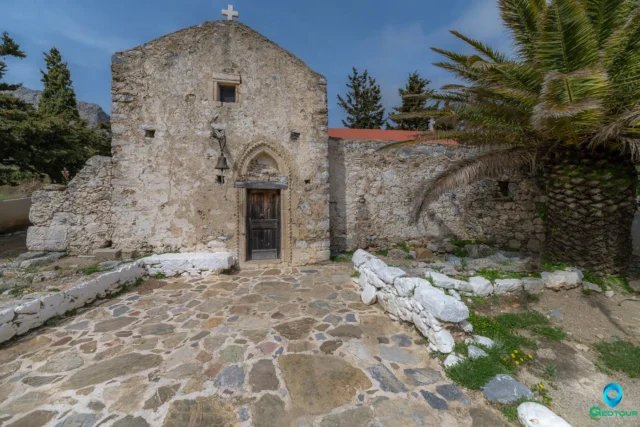
Agios Pavlos Monastery near Paranymfoi
The Agios Pavlos Monastery is a Venetian-era ruin near Paranymfoi, Crete. Located in the Asterousia Mountains, it once served as a hermitage and monastery. The site features a single-aisled basilica church with traces of frescoes, a carved doorway, and ruins of monks' cells. The monastery, linked to the scholar Iosif Filagris, flourished during the Venetian period but was abandoned in the 20th century. The surrounding area shows signs of inhabitation since antiquity, including possible evidence of an ancient sanctuary. The monastery is accessible by a dirt road from Paranymfoi and is situated above the Porofarago gorge, near the hiking trail to Tries Ekklisies.
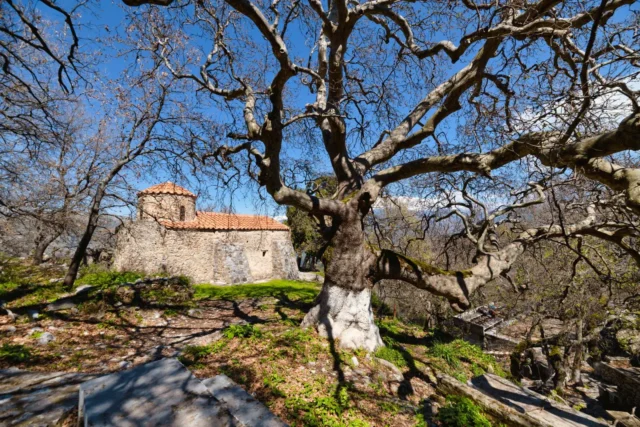
Kaloeidena monastery
The Afentis Christos Church, a Byzantine structure overlooking Ano Meros, is a focal point for local faith, highlighted by annual August 6th feasts with communal meals and traditional celebrations. Kaloeidena Monastery, now largely in ruins, needs preservation, despite its historical and spiritual value. Both sites reflect Amari Valley's enduring traditions, with efforts aimed to revitalize Kaloeidena, ensuring its role as a cultural and religious landmark. The church stands as a testament to the local community's deep-rooted faith, while the monastery's restoration aims to preserve Crete’s heritage.
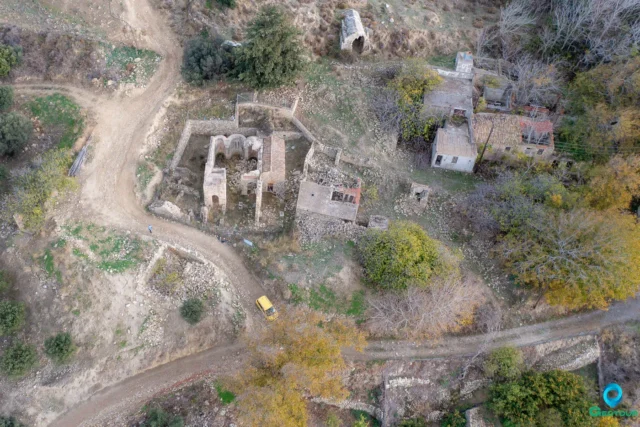
Mikra Episkopi
Mikra Episkopi is an abandoned village in Crete, Greece. Once known as the seat of the Diocese of Arcadia, it is now deserted with dilapidated houses and overgrown paths. The village is located 7 km southwest of Arkalochori and 1 km north of Partira. Despite its current state, Mikra Episkopi holds historical significance, particularly due to the ruined church of Sotiras Christos (Savior Christ), a Venetian-era structure built upon the remains of an earlier basilica. The church features a cruciform architectural style with a dome and a narthex, with some walls, columns, and capitals still visible. Additionally, the village has the church of Panagia (Virgin Mary) with Venetian-era frescoes and the ruins of the church of Agios Dimitrios (Saint Demetrius).
The population of Mikra Episkopi has dwindled over the centuries, from a mix of Christians and Muslims in the 1800s to becoming completely abandoned in the 1990s. Recent census data shows a slight increase in population, but the village remains largely deserted.
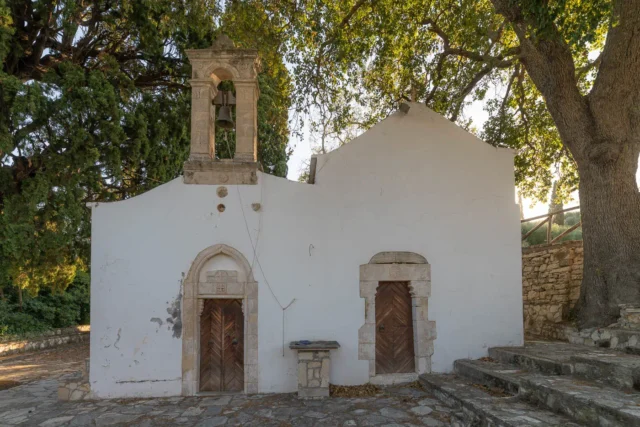
Monastery of Kyria Chrysopigi in Pyrgou
Located near Pyrgou, Crete, this Greek Orthodox monastery is dedicated to the Life-Giving Spring (Zoodochos Pigi), reflecting its construction near a water source, and Saint Titus. Once a cenobitic monastery with workshops, its history is noted in a 1577 Venetian document. It survived the Ottoman conquest, functioning initially but later falling under the Monastery of Gorgolaιni. Renovations occurred in 1745 and 1796. The main church (katholikon) is double-aisled. Surrounding features include a stone olive millstone, winemaking remnants, graves from its time as a cemetery, and the original water source with a stone fountain. A stone bell tower dated 1908 stands nearby. Currently, only the katholikon remains, and the monastery is inactive.
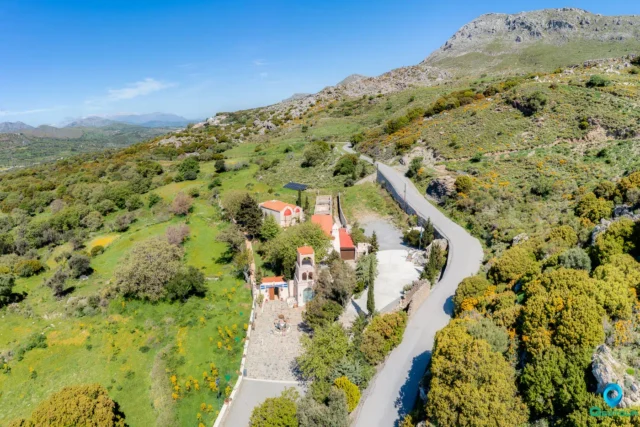
Monastery of the Holy Spirit
Located near Kissos, Rethymno, on Mount Kentros, this Orthodox monastery, possibly dating to the Byzantine era and active during Venetian times, was destroyed in 1821. It later became the significant "School of the Holy Spirit" in 1836 under Ottoman rule, educating figures like Emmanouil Tsouderos. A memorial marks an 1868 battle site. Declared a protected monument in 1980, it is now restored and reopened, with an Abbot appointed after nearly 200 years. It falls under the Metropolis of Lambi, Syvritos and Sfakia.
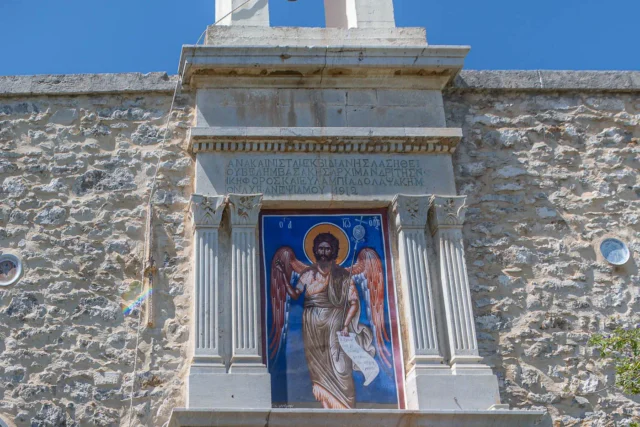
Moni Kallergi
Moni Kallergi, dedicated to Saint John the Baptist, is a historical monastery southeast of Smari, Crete, near Kastelli. Built during the Venetian era, it rests on Minoan-era ruins, evidenced by tombs and artifacts. Records link it to the Kallergis family. Though damaged during Ottoman rule and a 1931 fire, it was restored in the 20th and 21st centuries. Now an active monastery under the Metropolis of Arkalochori, it includes a restored central building, a two-aisled church dedicated to Saint George and Saint Spyridon, and a chapel for the New Martyrs of Crete. The site showcases a blend of Minoan and Venetian history, with ongoing services and visitor access.

Moni Kapsa Monastery
Moni Kapsa, an Eastern Orthodox monastery in southeastern Crete, Greece, is dedicated to Saint John the Baptist. Situated in the Lasithi region, near Pervolakia Gorge and overlooking the Libyan Sea, the monastery features a unique cave-like church with pebble mosaics. Its history spans from the Byzantine period, with evidence of hermits and monks residing there, through Venetian rule, pirate raids, and Ottoman influence. It was revived in the 19th century by Iosif Gerontogiannis, a local hermit later venerated as a saint. The complex includes monks' cells, a guesthouse, and a dining hall, built on four levels. The church's north wall contains paintings from 1552-1809, remnants of an older structure. The nearby Pervolakia Gorge offers hiking trails and unique flora. The monastery played a role in WWII, assisting Allied forces. It was restored in the early 2000s and remains an active monastery.
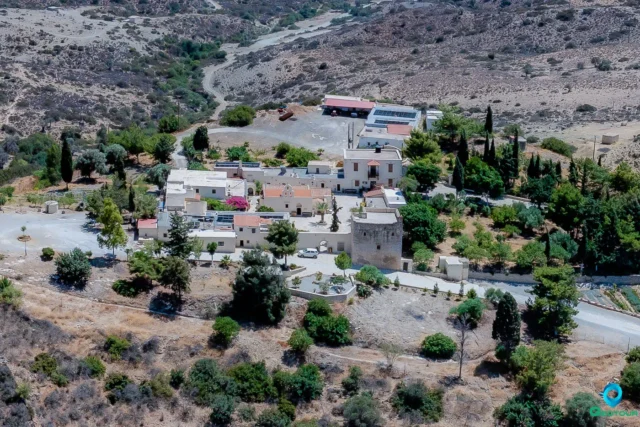
Moni Odigitrias monastery
Moni Odigitrias, a 14th-century Greek Orthodox monastery nestled in the Asterousia Mountains of Crete, stands as a testament to the island's rich history and resilience. Dedicated to the Virgin Mary "Odigitria" ("She who shows the way"), the monastery has been a place of pilgrimage and refuge for centuries.
During the Venetian period, Moni Odigitrias flourished as a center of learning and art. Its walls are adorned with frescoes by renowned Cretan painters, including Angelos Akotantos, who also crafted the monastery's iconic iconostasis. The monastery's collection of valuable icons and manuscripts further reflects its cultural significance.
Moni Odigitrias played a pivotal role in the Cretan resistance against the Ottoman Empire. It served as a sanctuary for rebels and a symbol of defiance. The legendary "Xopapas" (Father Ioasaph), a monk turned rebel leader, led the resistance from within the monastery's walls.
Today, Moni Odigitrias remains a working monastery, home to a small community of monks. It has undergone extensive restoration and welcomes visitors to explore its historic grounds, including a museum showcasing artifacts from its past. The museum houses a traditional loom, a stone oven, an olive press, and agricultural tools, providing a glimpse into the monastery's self-sufficient lifestyle.
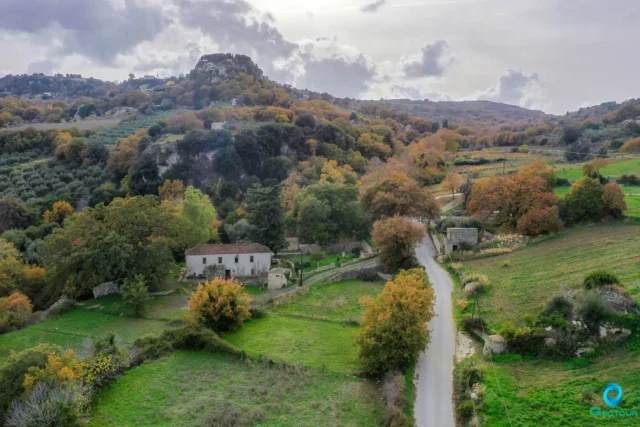
Panagia Kardiotissa in Agios Thomas
Panagia Kera Kardiotissa, a 14th-century Byzantine monastery near Agios Thomas in Crete, is dedicated to the Nativity of the Virgin Mary. Located in a lush landscape at an altitude of 630 meters, the monastery is situated in a place called Mouzouras, next to the Axedianos River. The monastery once housed a miraculous icon of Panagia Kardiotissa, depicting the Virgin Mary holding Christ. The icon's origins are debated, with some attributing it to an Armenian monk named Lazarus and others to the Heraklion painter Andreas Ritzos. The icon's miraculous powers were documented as early as 1415. The monastery became a significant pilgrimage site in 1912 following a vision of the icon of Saint George. It served as a nunnery from 1935 to 1962 and sheltered residents during the German occupation. Today, the renovated site features a centuries-old oak tree, peacocks, and a workshop for traditional weaving.
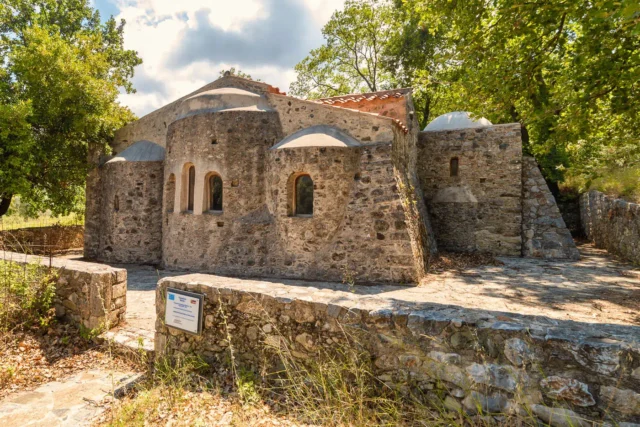
Panagia Kera
Panagia Kera, near Nefs Amari, is a 15th-century three-aisled basilica, constructed over a 13th-century cross-in-square church, potentially an earlier Apollo temple site. This Byzantine masterpiece features frescoes, including the Dormition of the Virgin and Ascension, and the Kallergis family coat of arms, linking it to the Venetian period. Once a monastery katholikon under Moni Asomaton, it stands amidst ancient olive groves, with remnants of its past visible in the sanctuary and surrounding area, reflecting Crete's rich historical layers and cultural influences.
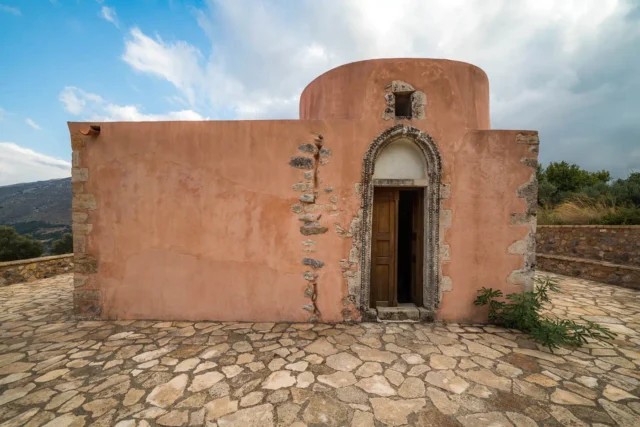
Panagia Mavridiani in Meronas
Panagia Mavridiani, or Church of the Nativity of Mary, stands near Meronas, Crete, with origins in the 13th century, expanded in the 15th and 16th. The church features two aisles; the older, 13th-century section displays Byzantine architecture with a domed, single-nave design and 13th-century fresco remnants. The northern aisle, dedicated to Saints Constantine and Helen, was added in the 16th century. Frescoes, though partially lost, portray scenes like the Nativity of Mary, Annunciation, Ascension, and Second Coming, alongside saints such as Gregory, Romanos, and Panteleimon. Restored in 2012, it is a testament to Byzantine artistic and religious heritage.
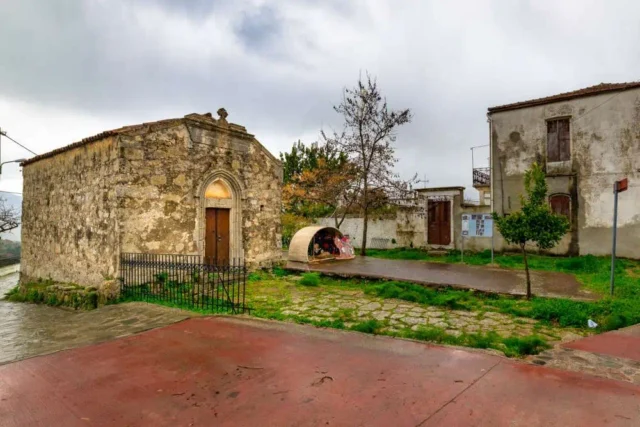
Panagia of Thronos
The Church of Panagia in Thronos, Crete, a single-nave Byzantine structure from around 1300 AD, stands on a 5th-6th century Early Christian basilica. Its interior features 14th-15th century frescoes and the Kallergis family coat of arms, reflecting Byzantine patronage. The church's location on Kephala hill, ancient Syvritos, highlights its strategic importance, controlling access to Phaistos and Gortyna. Thronos itself, with roots in the Late Minoan period, was a significant Roman and Byzantine center, serving as the seat of the Bishopric of Syvritos. The church remains active and open to visitors, showcasing well-preserved artistic and historical elements.
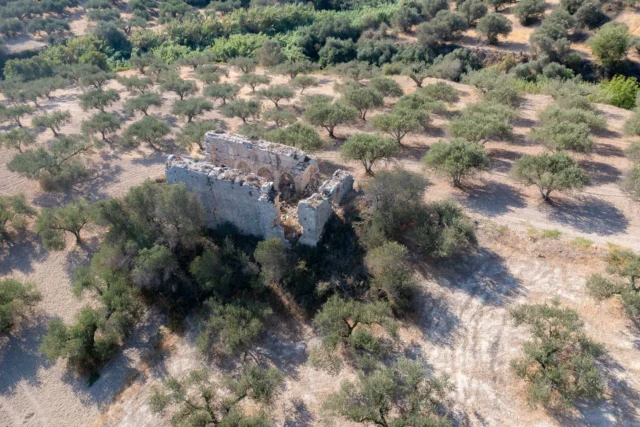
Ruined Church of Michail Archangelos
Located in the fertile Kaminos valley, shared by Skalani, Prassa, and Kallithea villages in Crete, stands the ruined Church of Michail Archangelos. This Venetian-era structure, situated in the Kavousi area, was historically significant due to its proximity to a vital year-round spring. Once part of a medieval settlement, the church is now partially collapsed but remains more intact than the nearby ruined Christos church. Its state underscores the impact of time and possibly seismic events, highlighting the region's vulnerability, as evidenced by the 2021 Arkalochori earthquakes, necessitating preservation efforts for Cretan cultural heritage.

Toplou monastery
Toplou Monastery, on Crete's eastern tip, is a fortified monastery showcasing Byzantine and Venetian architecture. Dating back to the 14th century with 17th-century fortifications, it played a key role in Cretan resistance during Ottoman rule. The monastery features a two-aisled basilica dedicated to the Virgin Mary, housing a remarkable collection of Byzantine icons and frescoes, and a museum with religious artifacts and folk art. Beyond its religious and historical significance, Toplou Monastery is known for its agricultural heritage, producing high-quality organic wine and olive oil. It stands as a cultural landmark, attracting visitors with its history, architecture, and scenic location, while remaining an active monastery and cultural center.
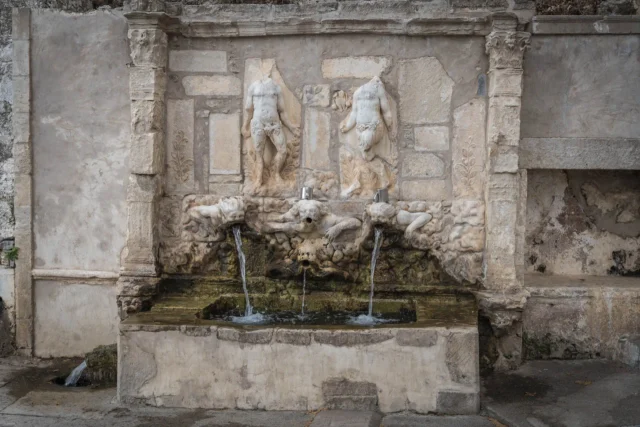
Vrontisi monastery
Moni Vrontisiou, a historic monastery in the Psiloritis Mountains of Crete, dates back to the 9th century. Dedicated to Saint Anthony and the Touching of Thomas, it is known for its architecture and frescoes. The monastery played a role in the Cretan struggle for independence, serving as a refuge for monks and a hub for revolutionary activities. Its fortified walls, two-story main building, and bell tower stand as a testament to its history. The 15th-century marble fountain at the entrance is a highlight, featuring intricate carvings. The main church houses surviving frescoes from the 14th century. Moni Vrontisiou is located 49 kilometers southwest of Heraklion and is open daily from 8:00 AM to 5:00 PM with free admission.

